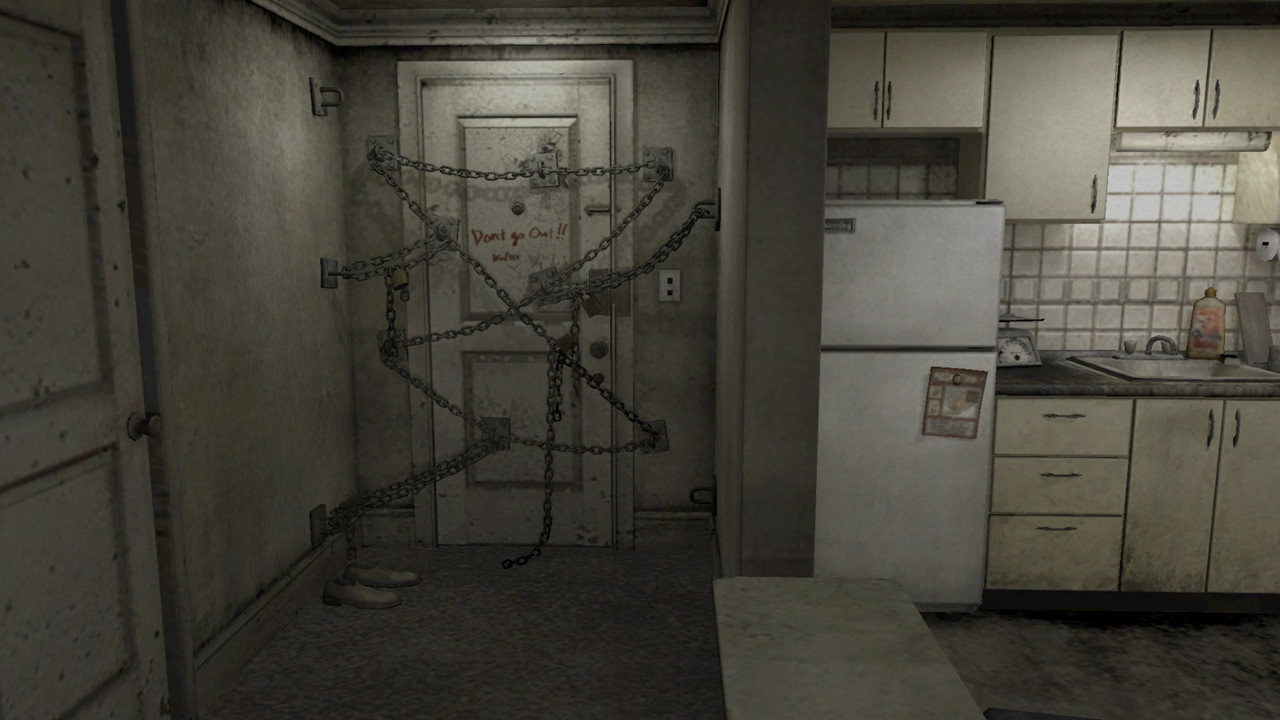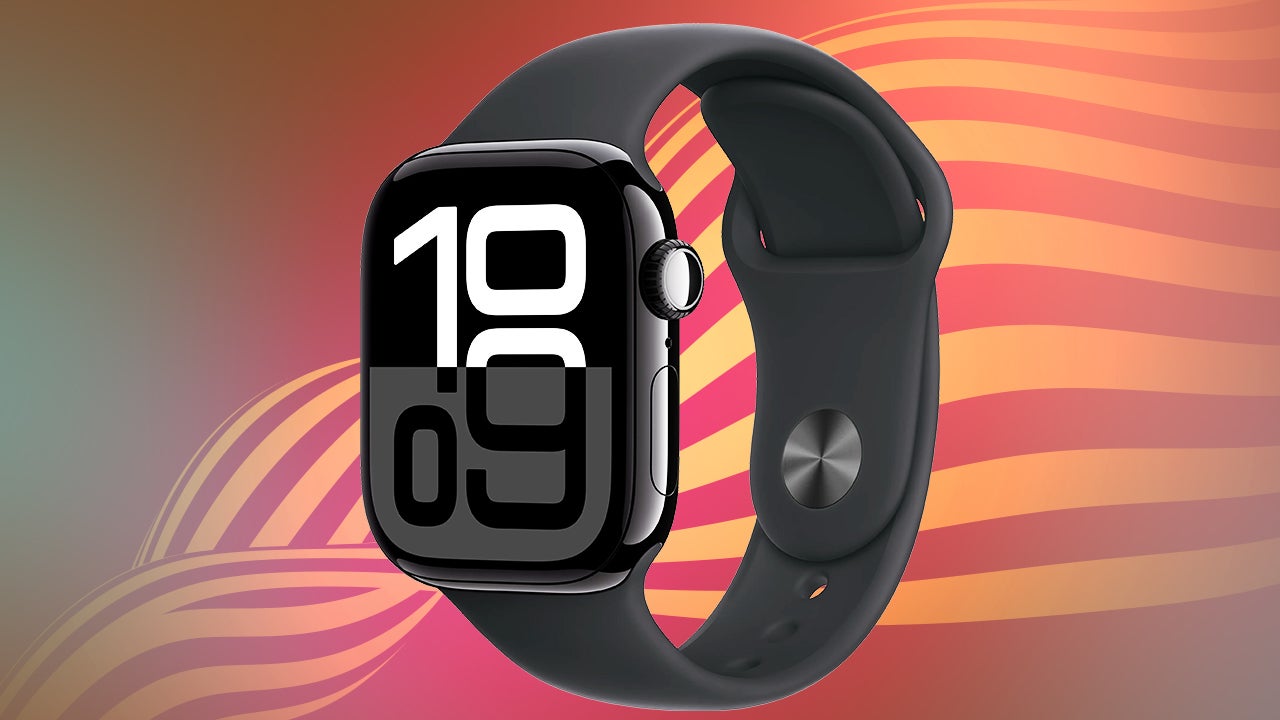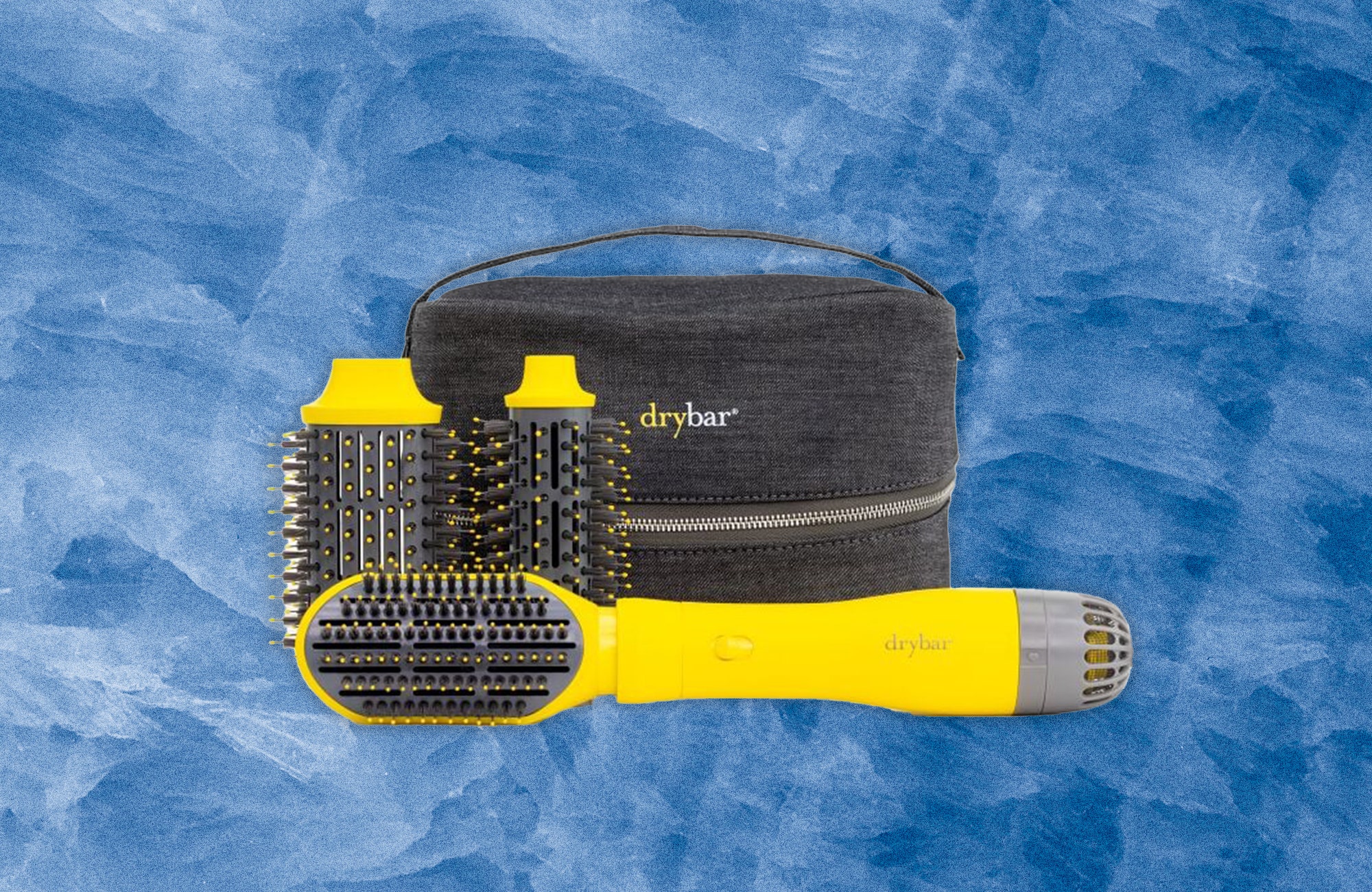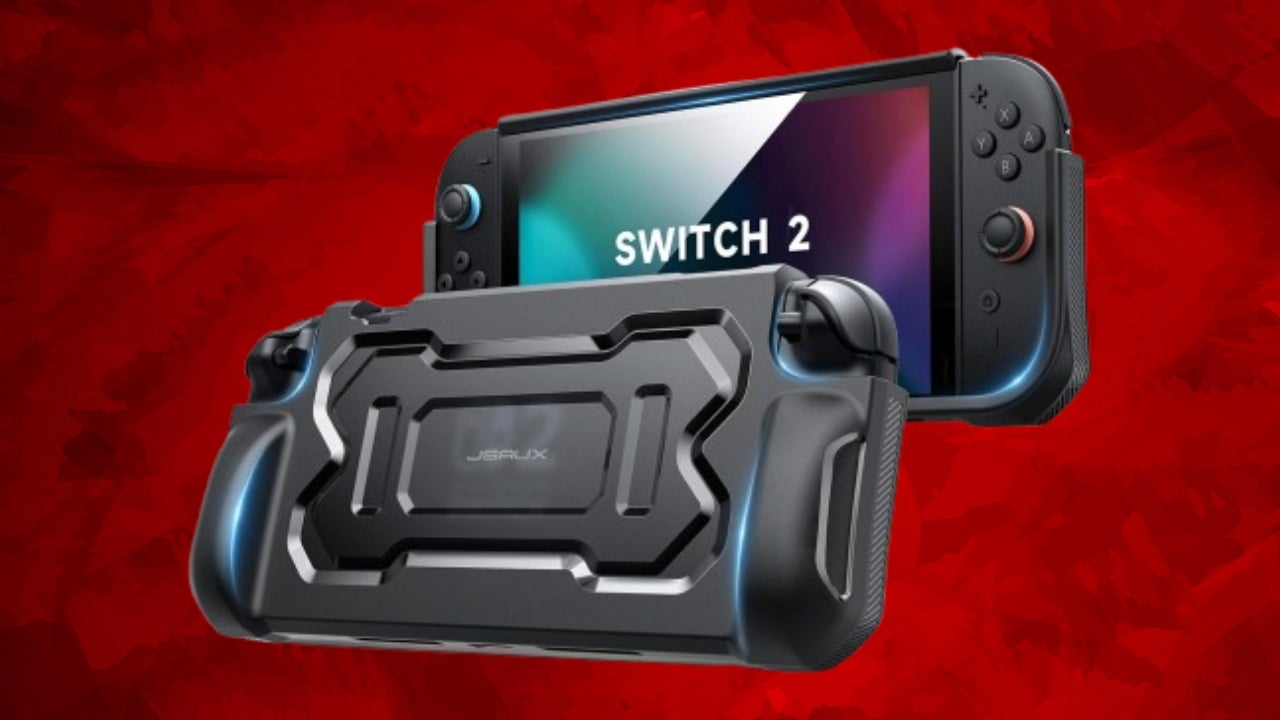Sometimes just having the right mechanical switches and being reliable for performing in a competitive gaming environment is good enough. However, some of the best gaming keyboards have gone above and beyond just taking care of the basics. So, it’s an interesting lens to examine the HyperX Alloy Rise 75, which is a tenkeyless 75%-style keyboard that has the foundation of a solid mechanical keyboard. It’s not flashy out of the box but has a handful of high-end features and potential for interesting customization. It performs in the ways that matter most, however, it’s a fairly straightforward keyboard with a rather harsh keystroke.
HyperX Alloy Rise 75 – Design and Features
The Alloy Rise isn’t going to strike you as a high-end keyboard based on looks, and that’s perfectly fine, especially at a time when the best peripherals have been going with understated aesthetics. It has fully backlit RGB keys and small light strips on the left and right sides of the plank along the top plate. But if you do want to add a little spice, the top plate of the keyboard can be removed easily. It's magnetically held in place and comes out if you pull from under the corners of the frame.
HyperX currently sells two different frames – white and dark blue – or if you got some DIY spirit, you can paint over the stock one. There's also a magnetic chrome tab on the right side of the frame, which you can replace with various ones sold separately on the HyperX store. Physical customization is a major point to the Alloy Rise 75 and that extends to each individual mechanical switch; you can easily pluck them out with the packaged tool and swap in your own 3- or 5-pin switch if you want. This is something the Razer BlackWidow V4 Pro 75 flexed earlier this year and it's cool to see that in the Alloy Rise 75.

The model I received for review came with HyperX’s own proprietary Red switches, and like the Cherry MX Reds, these are linear switches with a 1.8mm actuation point and a fairly standard actuation force of 40g. As someone who prefers linear switches, I felt right at home, but while keystrokes on the Alloy Rise feel firm and responsive, there’s a unsavory clack to it when hitting the keys.
One of the high-end features available on the wired Alloy Rise is the 8000Hz polling rate – this is not available on the wireless model. For those unfamiliar, polling rate determines how frequently an input device communicates with your system to register its inputs. Gaming-grade gear typically operates on a 1000Hz polling rate, which is plenty fast for even competitive players. It matters most with mice since tracking a mouse’s granular movements can impact the smoothness of aiming in a shooter for example. But for a keyboard, the returns are negligible. So while it’s nice to have the top-performing stuff, it’s not a feature that’s going to sell me on a keyboard when factors like actuation point, reset point, and actuation force are more impactful.
Looking to upgrade your mouse, too?
Check out our roundup of the best gaming mice!
As for other features, the wireless Alloy Rise sports Bluetooth connectivity to bring some versatility in addition to the 2.4GHz USB dongle for the best performance. It may be a minor thing, but I quite like the volume knob at the top right of the board – it protrudes above the height of any keycap, making it easy to access and can be pushed downward to mute your system.
While this is a tenkeyless keyboard, it’s slightly more compact in terms of width since it chops off parts of the middle column, relegating delete, insert, end, and print screen keys to alternate functions. Since I use delete frequently, I simply remapped the home key in its place which is done through the HyperX software suite.
HyperX Alloy Rise 75 – Software and Battery Life
Like any of its products, you have to use the HyperX NGenuity software to customize features like RGB lighting patterns and colors, key assignments, and power saving options. It's here where you can also change the polling rate – with the wired model, you can only set it to 2000Hz, 4000Hz, and 8000Hz, whereas the wireless version caps off at 1000Hz (even when connected via USB). As stated above, the practicality of higher polling rates on keyboards is debatable, but these options are available if you go with the wired one.

As for battery life, the wireless Alloy Rise 75 is rated to last around 80 hours when using RGB backlighting at about 50% brightness. Without backlighting and a lower polling rate with optimal power saving options, it is said to last up to 1,500 hours. I’m certainly not in a position to test that, but in the four days of using the keyboard for work and gaming, I haven’t had to charge it since using it, which accounts for roughly 50 hours.
HyperX Alloy Rise 75 – Performance
As per usual, testing out gaming keyboards means grinding out ranked matches in Counter-Strike 2 and it proved that the Alloy Rise 75 is suited for competitive gaming. The HyperX Reds are as responsive as I could possibly expect from a mechanical switch, making quick-strafing and peeking around corners as precise as my fingers would allow. I had mentioned that keystrokes feel firm as well and this was great for Final Fantasy XIV – constantly cycling through my attack rotation without a hitch from an errant keystroke is nice when working on my reclears of raid bosses. I also spent much of my gaming time running wild in Call of Duty: Black Ops 6’s hectic Moshpit game modes, which gave further proof that the Alloy Rise 75 performs well.
So while you get the responsiveness necessary for a proper gaming keyboard, it doesn’t necessarily feel great to use. Having used mechanical switches like the Kailh Box Ice Mint 2 and Razer Yellows, both of which are linear, there’s a distinct creaminess to them. And it’s not nearly as satisfying as some of the magnetic-based Hall Effect switches I’ve used on the likes of the SteelSeries Apex Pro, for example. It’s not just the switch that contributes to the feel of a keystroke, though – the construction of the keyboard itself also influences the overall experience. With the Alloy Rise 75, it’s a bit like banging the keys against a tough surface, even with an easy-going actuation force of 40g and gasket-mounting. It's also noticeably louder than your typical mechanical keyboard with linear switches. Typing or constantly mashing the keys while gaming can wear you down when each keystroke tends to be somewhat harsh on the fingers.
By no means does that make this a bad keyboard, because it performs admirably and does exactly what it needs to. But when the competition tends to provide a more satisfying experience, especially when it comes to typing and gaming, it makes the prospect of the Alloy Rise 75 a little less appealing.














